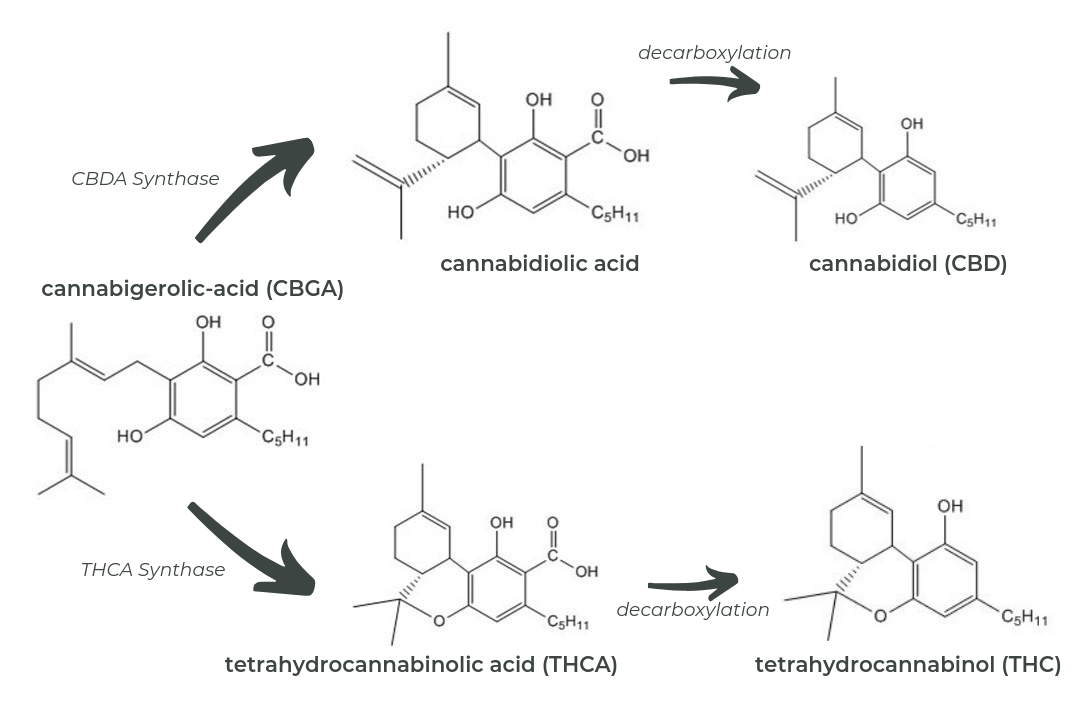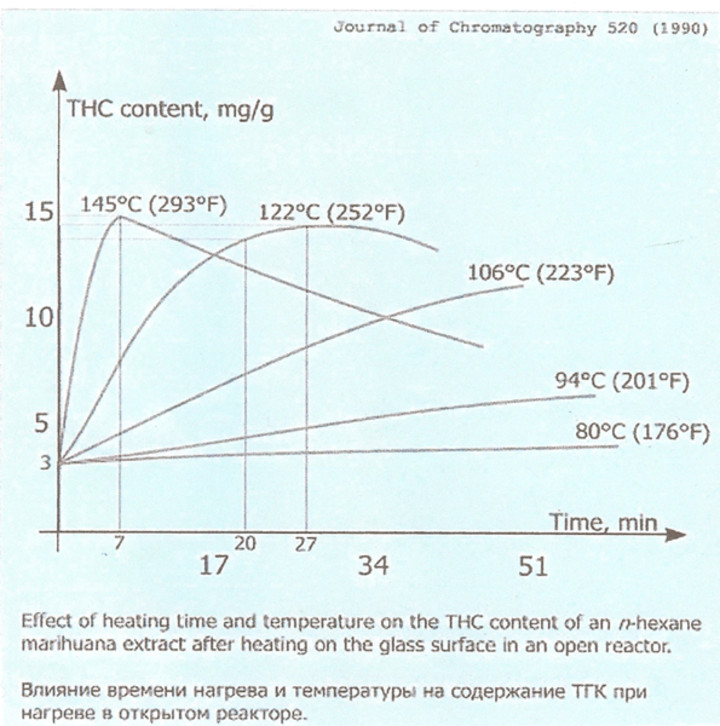shaman_fin
Member
take first leap for fermation bud,
make 2 layer sauna what heat mat warm,first batch make cob,
next only sweating bud and cure,
i think is there some research normal slow sweeting/cure VS heat sweating and then cure?
i read gypsy tekst tricoms and how they loos potent 1-4 years
normal preservation.
what i can home look is only tricom and they "cooking" sweating,milky chance honey,after cob even darker honey.
tobacco farmers use big sauna making ripenig ready,if bad weather but it cut early,
is there more negative efect vs traditional dry/cure?
make 2 layer sauna what heat mat warm,first batch make cob,
next only sweating bud and cure,
i think is there some research normal slow sweeting/cure VS heat sweating and then cure?
i read gypsy tekst tricoms and how they loos potent 1-4 years
normal preservation.
what i can home look is only tricom and they "cooking" sweating,milky chance honey,after cob even darker honey.
tobacco farmers use big sauna making ripenig ready,if bad weather but it cut early,
is there more negative efect vs traditional dry/cure?




